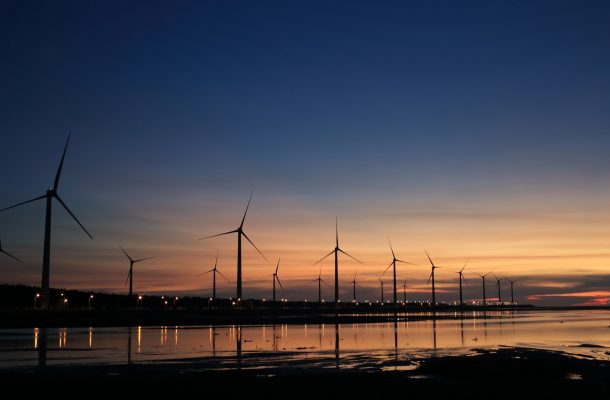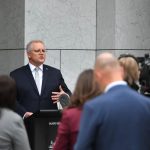New energy report tilts the cost balance towards renewables

The national science agency, CSIRO and energy market operator, AEMO have announced a new report on the costs of electricity generation which argues that renewable energy now powers the cheapest new power plants.
The inaugural GenCost report, prepared in collaboration with a range of industry stakeholders, updates estimates of the cost to generate electricity from new power plants in Australia and argues that solar and wind technologies can be built at lower cost than fossil fuel stations.
Paul Graham, CSIRO’s Chief Energy Economist and the lead author of the report, said GenCost 2018 is an essential annual benchmark to guide strategic decision making, given technology costs change significantly each year.
“Electricity generation costs are a key ingredient into the electricity sector modelling which underpins much of the sector’s strategic planning and policy analysis,” Mr Graham said.
“Our data confirms that while existing fossil fuel power plants are competitive due to their sunk capital costs, solar and wind generation technologies are currently the lowest-cost ways to generate electricity for Australia, compared to any other new-build technology.
“At a global level, the investment costs of a wide range of low emission generation technologies are projected to continue to fall, and we found new-build renewable generation to be least cost, including when we add the cost of two or six hours of energy storage to wind and solar.
“This also holds when the cost of fossil generation technology is adjusted for climate policy risk or not.
“Data from GenCost 2018, combined with some of our previous research, indicates we may need additional flexible technologies – such as energy storage, demand management, and peaking gas plants – if the share of variable renewables increases beyond 50 per cent.”
The collaborative process involved consultation with a broad range of industry stakeholders, including the release of draft estimates and projections for review and industry workshops and briefings.
Nicola Falcon, AEMO’s Manager of Forecasting, said her organisation is looking forward to using the GenCost figures.
“The reports will act as the foundation for initial discussions with stakeholders when we commence our modelling inputs and scenario consultations for the next Integrated System Plan,” Ms Falcon said.
The report’s authors based their analysis on the “levelised cost of electricity”, which includes operating as well as investment costs, and is the most common way to compare the costs of different technologies. Fossil fuel plants require relatively low capital costs and have higher operating expenses, while wind and solar demand high capital outlays but have lower operating costs.
Research planned for 2019 will investigate in more detail the best way to balance the costs of electricity generation as renewables continue to increase their importance in the industry.
Claire Ginn is a Communication Manager at CSIRO. She focuses on energy and climate and has led media and publicity activities for public, private and not-for-profit sector organisations on an international scale.
















Alan Stevenson
December 28, 2018 at 9:06 am
The best areas to build renewable power plants tend to be those situated far from the infrastructure needed to transport the electricity to those areas where it is most needed. The coal and gas plants currently in operation have been experiencing problems especially during the current hot spell, so the argument that they are more reliable s beginning to look a bit fraught.
Since the cost of building a renewable plant is now less than that of a new coal or gas one, surely the best option would be to extend the infrastructure (poles, lines, and transformers) at taxpayers’ expense to be repaid from the profits?